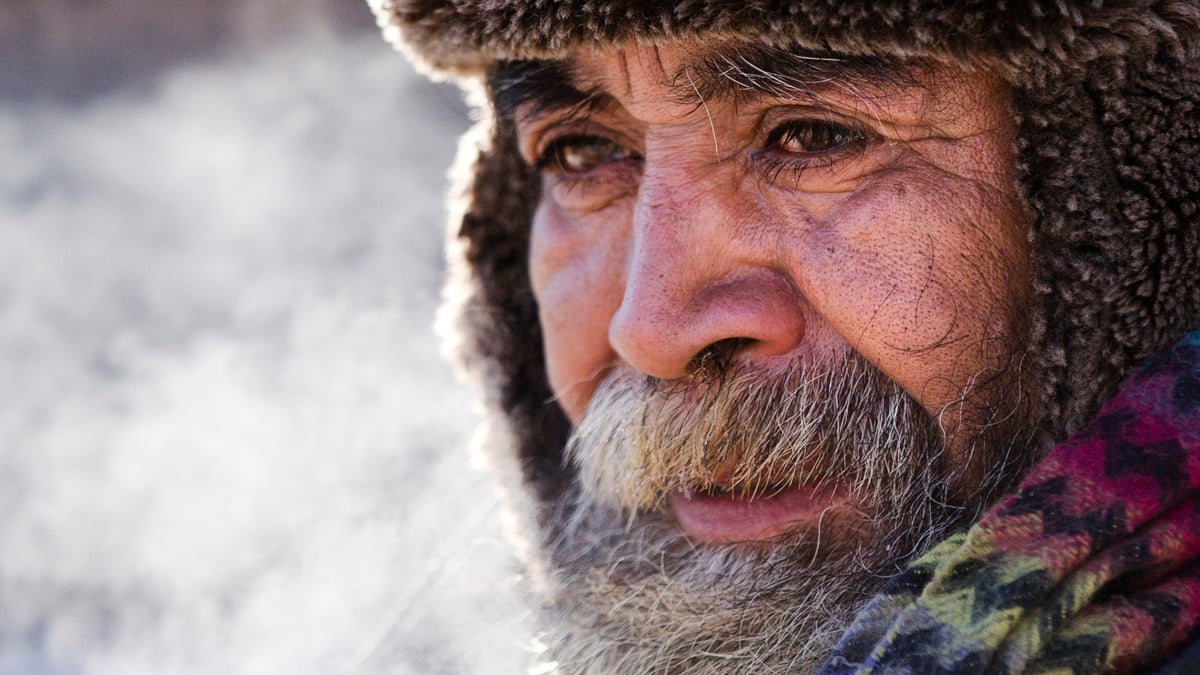Frigid temps trigger ‘code blues’ for the homeless in suburbs and Philly
Listen
A homeless man comes in out of the cold after speaking with an outreach worker (Matt Rourke/AP Photo)
The “code blue” temperature cutoffs vary in different places — but the effort is the same: offer more beds to the homeless on the coldest nights of the year.
The “code blue” temperature cutoffs vary — from 35 degrees in Chester County to 20 degrees in Philadelphia — but the effort is the same: offer more beds to the homeless on the coldest nights of the year.
While the city may have the largest homeless population, suburban communities also struggle to provide adequate services to those in need when the mercury drops.
Rei Horst of the Chester County program Connect Points said demand can be high during “code blue” periods.
“Some nights when it’s really, really cold some of our shelters will pull out even more cots trying to accommodate people,” said Horst. “But a lot of times we have to turn people away.”
Suburban homelessness may not be as visible, but Horst said it’s still a large problem, and comes with its own challenges.
The larger geographical region means getting to and from shelters is a constant concern. Connect Points tries to offer help with public transit tokens, but getting to an open shelter from across the county can take two to three bus rides.
“If you’re from Coatesville — it’s where you kind of grew up, this is the area you’re used to — to go to a place like Phoenixville, you may as well go to some place like Philadelphia,” said Horst. “It feels just as far away and just as foreign.”
In lower Bucks County, the volunteer group Advocates for Homeless and Those in Need realized that transportation was a huge concern in 2009, when there was no “code blue” plan in place for the homeless. Now they offer a bus route that picks individuals up when it drops below 26 degrees and takes them to one of four churches that provide shelter for the night.
“We put on a bike rack because we found that when homeless people were given the choice of coming in but having to leave their bike, they chose to not come in,” said Sandy Mullican, the executive director of the group.
On the flip side of the transportation problem, Mullican said when the bitter cold strikes they also see more people who usually make do sleeping in their cars.
Both Horst and Mullican said the high cost of housing in the suburbs can force people even with jobs to live in their cars or outdoors.
“Sometimes it is mental illness or an addiction that’s keeping them from moving on,” said Mullican, “but a lot of times it’s the circumstances that they’re working so hard to change that just isn’t enough because of the wealth in this county.”
WHYY is your source for fact-based, in-depth journalism and information. As a nonprofit organization, we rely on financial support from readers like you. Please give today.

